Nature in Commercial Spaces – The Rise of Biophilic Design
In the ever-evolving world of commercial interior design, a refreshing trend is taking root – biophilic design.
This approach, more than just an aesthetic choice, is a philosophy that integrates nature into the architectural and interior design of workspaces.
For interior designers, architects, cost consultants, and workspace designers, biophilic design is not just about beautifying spaces; it’s about creating environments that positively impact the well-being of those who use them.
By incorporating elements like natural lighting, vegetation, and organic materials, biophilic design aims to forge a deeper, more instinctive connection between humans and the natural world. This approach has been shown to improve employee well-being, productivity, and creativity, making it a significant trend in commercial space design.
This blog delves into the cost-effective implementation of biophilic solutions, highlighting specific plant choices, and the overall benefits of integrating nature into our daily work environments. Read on inside scoop on what we predict the trends are for this year.
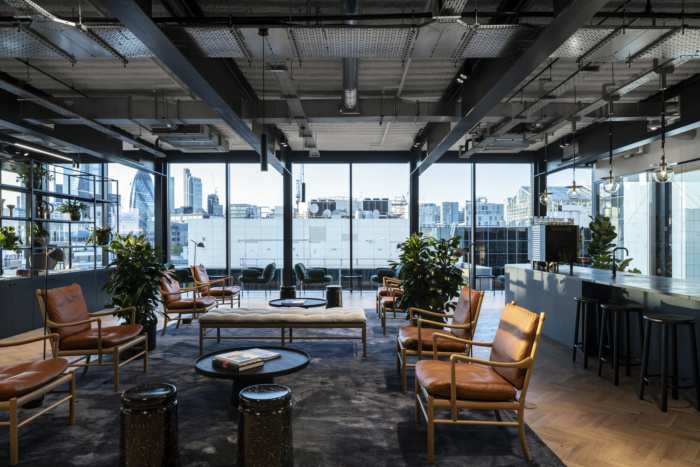
Understanding Biophilia in Workspace Design
The Innate Connection Between Humans and Nature
Biophilia, a term popularised by psychologist Edward O. Wilson, refers to the innate human attraction to nature and natural processes. It suggests that we have a deep-seated need to connect with the natural world. In the realm of workspace design, this concept has evolved into Biophilic Design, an innovative approach that seeks to incorporate elements of nature into the built environment.
The relevance of biophilic design in modern workspace environments cannot be overstated. Amidst the urban landscapes and technology-dominated workspaces, incorporating natural elements offers a breath of fresh air, both literally and metaphorically.
Research indicates that workspaces designed with elements of nature can lead to a remarkable improvement in mental health, cognitive function, and creativity. For instance, a study by the University of Melbourne found that exposure to natural elements like greenery and sunlight improved employee productivity by 15%. Another research highlighted a 26% increase in cognition and a 30% reduction in sick leave in offices with natural elements.
Such statistics are compelling for interior designers and architects, as they point to a clear correlation between biophilic elements and enhanced workplace performance. Moreover, for cost consultants and workspace designers, these findings show the potential return on investment that biophilic design can offer.
By blending aesthetics with functionality, biophilic design not only creates visually appealing spaces but also fosters a healthier, more productive workforce.
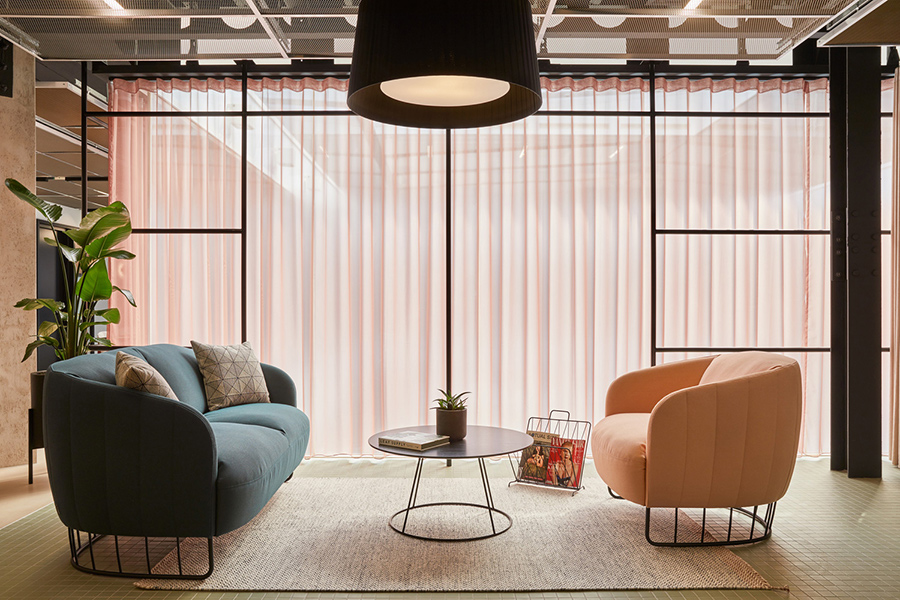
The role of Plants in Biophilic Design
Cultivating Well-Being Through Greenery
The inclusion of plants in workspace design is a cornerstone of biophilic principles. Not only do they bring a visual connection to nature, but they also offer tangible health and psychological benefits. Selecting the right types of plants is crucial for maximising these advantages in office environments.
- Air-Purifying Plants: Some plants are particularly adept at improving air quality. For instance, the Spider Plant (Chlorophytum Comosum) and the Snake Plant (Sansevieria trifasciata) are known for their ability to absorb pollutants like formaldehyde and benzene. NASA’s Clean Air Study highlights such plants as natural air purifiers, making them ideal for enclosed office spaces.
- Low-Maintenance Varieties: In commercial spaces where maintenance resources might be limited, low-maintenance plants like the ZZ Plant (Zamioculcas Zamiifolia) and Pothos (Epipremnum aureum) are excellent choices. These plants require minimal watering and can thrive in lower light conditions, making them suitable for various office environments.
- Psychological Impact: Beyond air purification, plants have a significant psychological impact. A study conducted by Exeter University found that employees who work in environments with natural elements, including plants, reported a 15% higher level of well-being and creativity. Plants can reduce stress and enhance mood, contributing to a more positive and productive workspace.
- Statistics and Research: The integration of plant life in office design is backed by compelling data. For example, research indicates that the presence of plants in the workspace can reduce tension and anxiety by up to 37%, and fatigue by 38%. These figures demonstrate not just a qualitative enhancement in workspace design, but a quantifiable uplift in employee well-being.
Incorporating plants into workspace design isn’t just about aesthetics; it’s about creating a healthier, more vibrant work environment. Interior designers, architects, and workspace planners can leverage this aspect of biophilic design to create spaces that not only look good but also foster well-being and productivity.
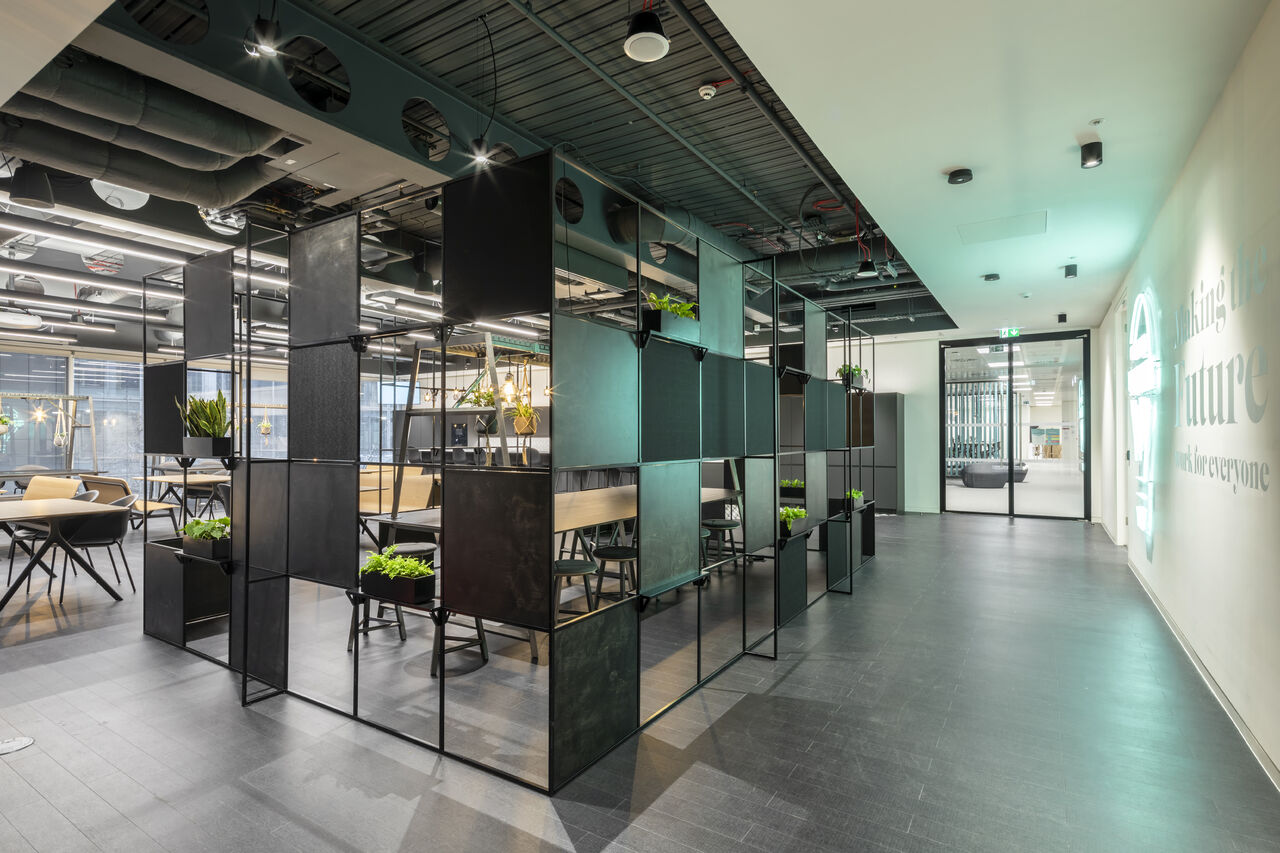
Cost-Effectiveness of Biophilic Design
Balancing Nature and Budget in Workspace Environments
A common misconception about biophilic design is its perceived high cost. However, when strategically planned, incorporating natural elements into workspaces can be both cost-effective and beneficial in the long run.
- Demystifying Cost Concerns: The initial investment in biophilic elements, particularly plants, can vary. However, the return on this investment is multifaceted. Improved air quality, enhanced employee well-being, and increased productivity contribute to a more efficient and healthy workplace. These benefits can lead to reduced healthcare costs and lower staff turnover rates, ultimately offsetting the initial expenses.
- Strategic Plant Selection: Choosing the right plants is key to managing costs. Opting for native or locally adapted plants can reduce maintenance costs and ensure longevity. Also, selecting plants that thrive in the existing office conditions (light, humidity, temperature) minimises the need for additional resources like artificial lighting or climate control systems.
- Value Engineering in Biophilic Design: Value engineering involves optimising the project’s function while minimising costs. In biophilic design, this could mean integrating multi-functional elements, like living walls that act as both aesthetic features and natural air filters. It could also involve using technology to reduce maintenance costs, such as automated irrigation systems.
- Long-Term Savings: While the upfront cost is a consideration, the long-term savings are significant. Workspaces with biophilic design elements can see reductions in energy costs due to natural lighting and improved air quality. Additionally, the positive impact on employees’ mental health can lead to reduced absenteeism and higher productivity, which are significant financial benefits for any organization.
In essence, the cost-effectiveness of biophilic design in commercial spaces extends beyond mere aesthetics. It’s an investment in the health and productivity of the workforce, which translates into tangible economic benefits. By debunking the myth of high costs and highlighting the long-term savings, designers and workspace planners can make a compelling case for biophilic solutions in commercial spaces. In fact, there a lot of myths around planting, read the questions-answered blog where we debunk the biggest myths around planting in your spaces.
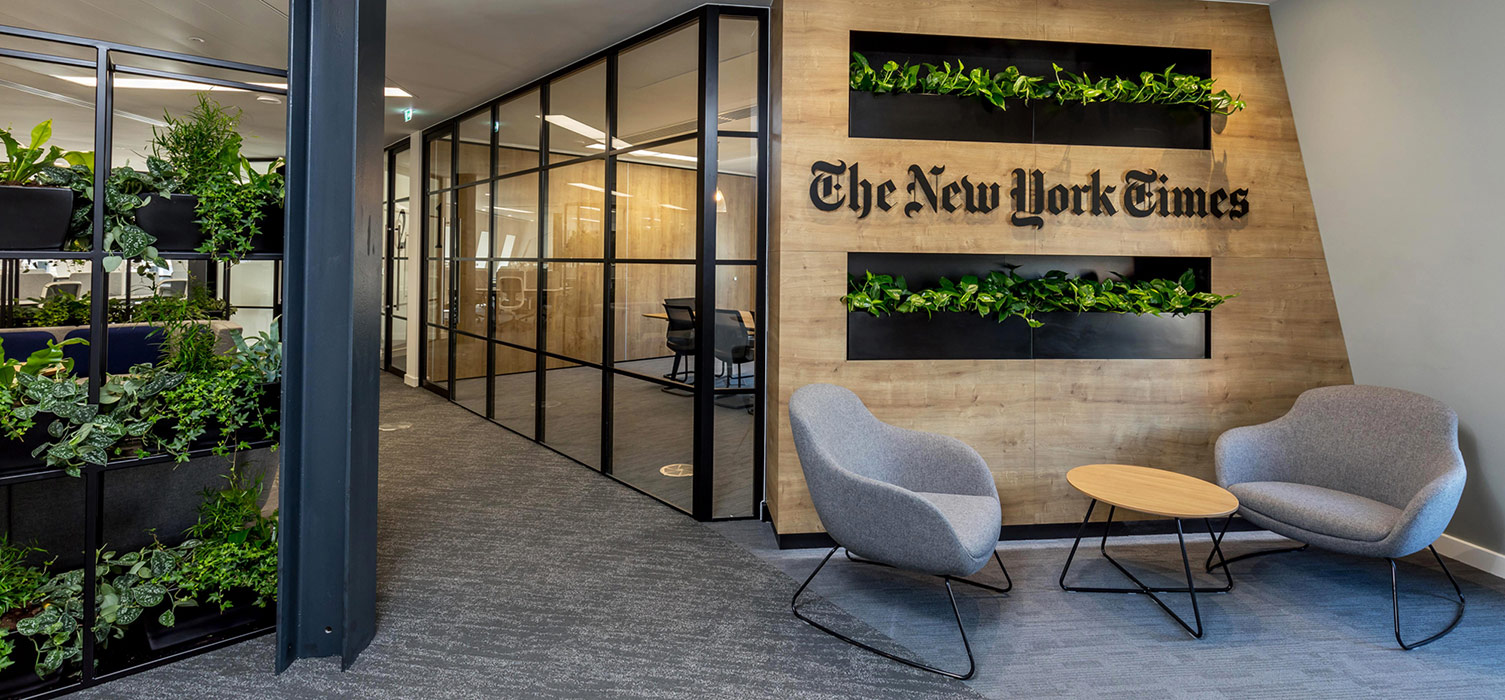
Conclusion
In conclusion, the rise of biophilic design in commercial spaces marks a significant move towards meeting our natural need to be close to nature.
This trend goes beyond just looking good; it has a deep effect on employee health and work output. By bringing in natural light, plants, and natural materials, biophilic design creates places that are beautiful, good for our health, and inspiring.
The evidence shared shows the real advantages of adding nature to our workspaces, such as better mental health, more creativity, and less time off sick. Furthermore, the careful choice of biophilic elements shows that making workspaces filled with nature can be cost-effective and beneficial over time, breaking the myth that such designs are expensive.
Looking ahead, biophilic design is a leading approach in architecture and interior design that focuses on people and their natural connection to the environment. By adopting biophilic principles, designers, architects, and companies can enhance their spaces, making them not just more efficient and healthier but also in tune with nature.
We encourage you to explore these trends further and consider how you might incorporate them into your own office space. Share your ideas and experiences with biophilic design, and let’s create workspaces that truly connect us with the natural world.
If you are an office manager looking to transform your workspace into a thriving and productive environment where employees flourish, reach out to Exubia today.
Our team of qualified project consultants will help you throughout the process of implementing biophilic design and create an office space for you, that inspires your employees, resulting in a greener, healthier and more productive workspace.

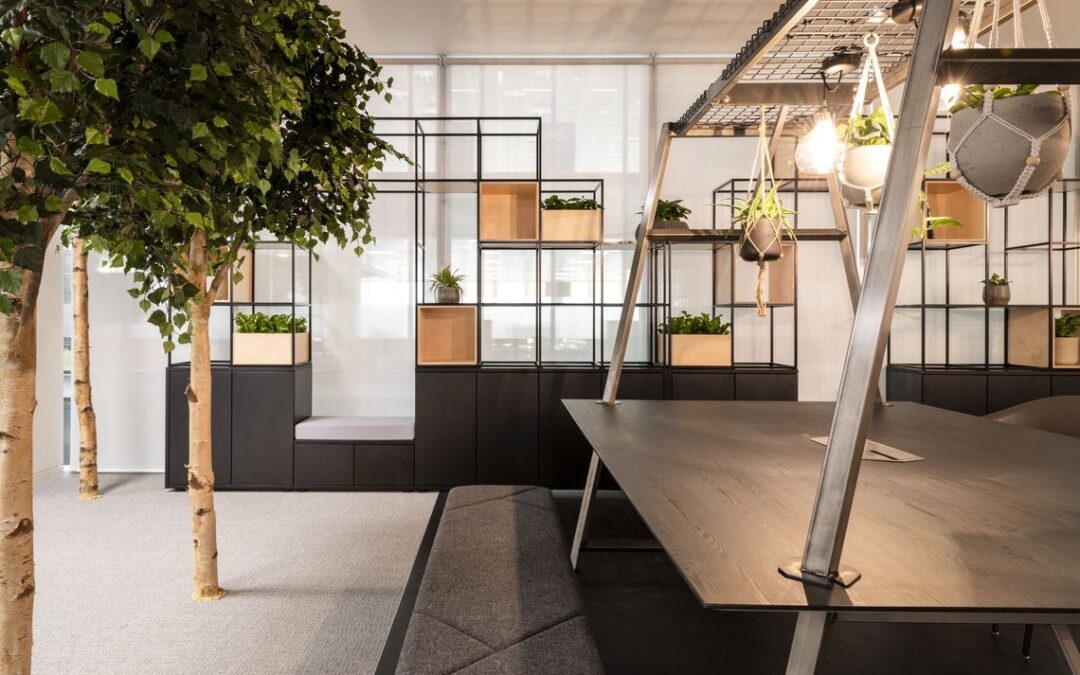
Recent Comments